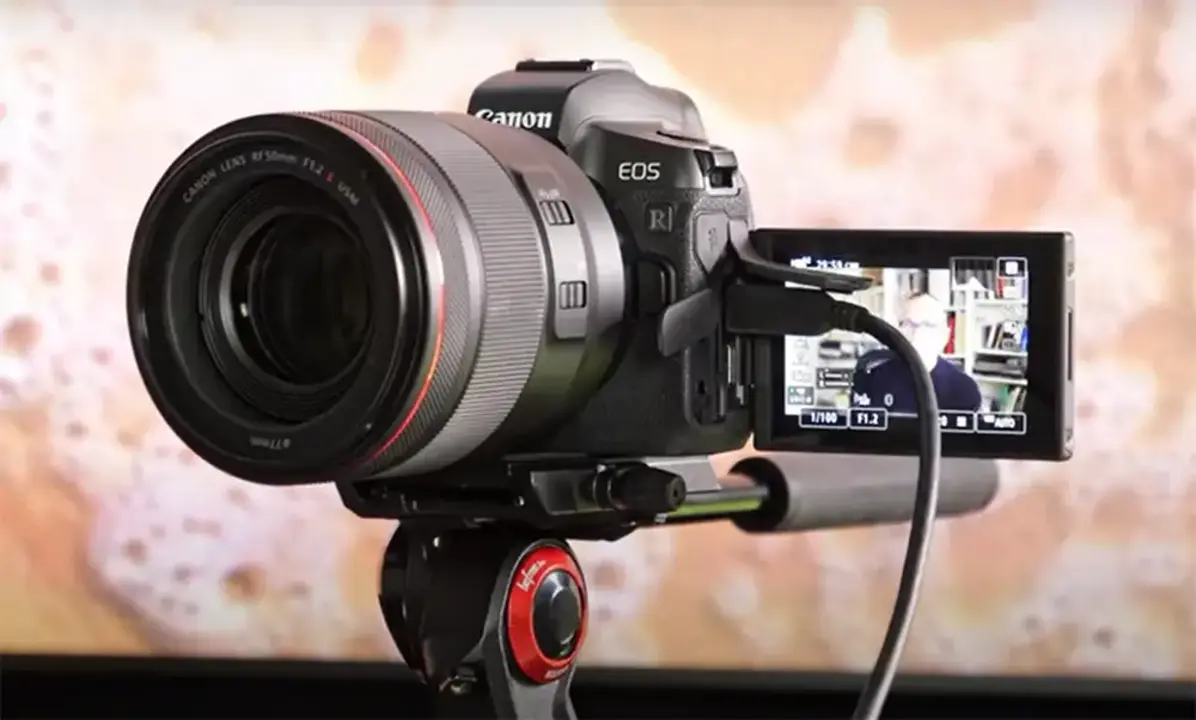What are the inputs for digital camera?

Exploring the Basics of Digital Camera Inputs: A Beginner's Guide
Digital cameras are incredibly versatile and powerful tools for capturing and storing images. In order to make the most of your digital camera, it's important to understand its inputs. Here we'll look at the basics of digital camera inputs, from the type of data that can be input to the devices used to input it.
Types of Digital Camera Inputs
Digital cameras can take in a wide range of data, from images to audio files. Common input types include:
- Images (JPEG, PNG, TIFF, etc.)
- Audio Files (MP3, WAV, etc.)
- Video Files (AVI, MOV, etc.)
- Text Files (TXT, DOC, etc.)
The type of input your camera can accept will depend on the model you have and the features it offers.
Devices Used for Input
Depending on the digital camera model you have, there are a few different types of devices that can be used to input data. These include:
- Memory Cards - Memory cards provide an easy way to transfer data between digital cameras and other devices. They can also be used to store photos and videos directly on the card.
- External Hard Drives - External hard drives can be used to store large amounts of data, including images and videos. They can also be used to transfer data between digital cameras and other devices.
- USB Ports - USB ports can be used to connect digital cameras to other devices. This allows for the transfer of data between the two devices.
- SD Cards - SD cards are a type of memory card that can be used to store images and videos on your digital camera.
It's important to make sure that the device you're using is compatible with your digital camera. If not, you may not be able to transfer data or store images and videos properly.
Conclusion
Understanding the different types of digital camera inputs and the devices used to input them can help you make the most of your camera. With the right knowledge and tools, you can take your digital photography to the next level.
How to Maximize Your Digital Camera Inputs for Professional-Level Photography
Photography has become one of the most popular hobbies in the world, and it’s easy to see why. Whether you’re taking snapshots of your family at a special event or capturing stunning landscapes, photography is a great way to express your creativity and capture memories. But if you want to take professional-level photos, you need to understand the inputs of your digital camera.
The inputs of a digital camera refer to the features and settings that control the way a camera captures an image. These inputs include shutter speed, aperture, ISO, white balance, and focus. The better you understand the inputs of your camera, the more you can utilize them to craft beautiful, professional-level photos.
Shutter Speed
Shutter speed controls how quickly the shutter opens and closes. The faster the shutter speed, the quicker the exposure. A fast shutter speed is often used in low-light situations as it will help reduce image blur. Slower shutter speeds are best for capturing motion, as they allow the camera to capture a longer exposure.
Aperture
Aperture refers to the size of the opening in the lens when taking a picture. The larger the aperture, the more light will enter the camera and the brighter the resulting image will be. Aperture also affects the depth of field, which is the amount of the photo that is in focus. A larger aperture will have a shallower depth of field, while a smaller aperture will have a deeper depth of field.
ISO
ISO is used to adjust the sensitivity of the camera’s sensor to light. The higher the ISO, the more sensitive the camera will be to light. A higher ISO will result in a brighter image, but it can also introduce noise. This is why it’s important to find the right balance between ISO and aperture when taking a photo.
White Balance
White balance is used to adjust the overall color of an image. Different lighting situations can affect the way colors appear in a photograph, so it’s important to adjust the white balance to ensure accurate colors. Digital cameras often have auto white balance settings that can be used to adjust the color of an image.
Focus
Focus is used to adjust the sharpness and clarity of an image. Digital cameras often have autofocus settings that can be used to quickly adjust the focus of an image. Manual focus is also available on most cameras and can be used to fine-tune the focus of an image.
Understanding the inputs of your digital camera is key to taking professional-level photographs. By adjusting the shutter speed, aperture, ISO, white balance, and focus of your camera, you can craft beautiful images that capture the moment exactly as you envisioned it.
